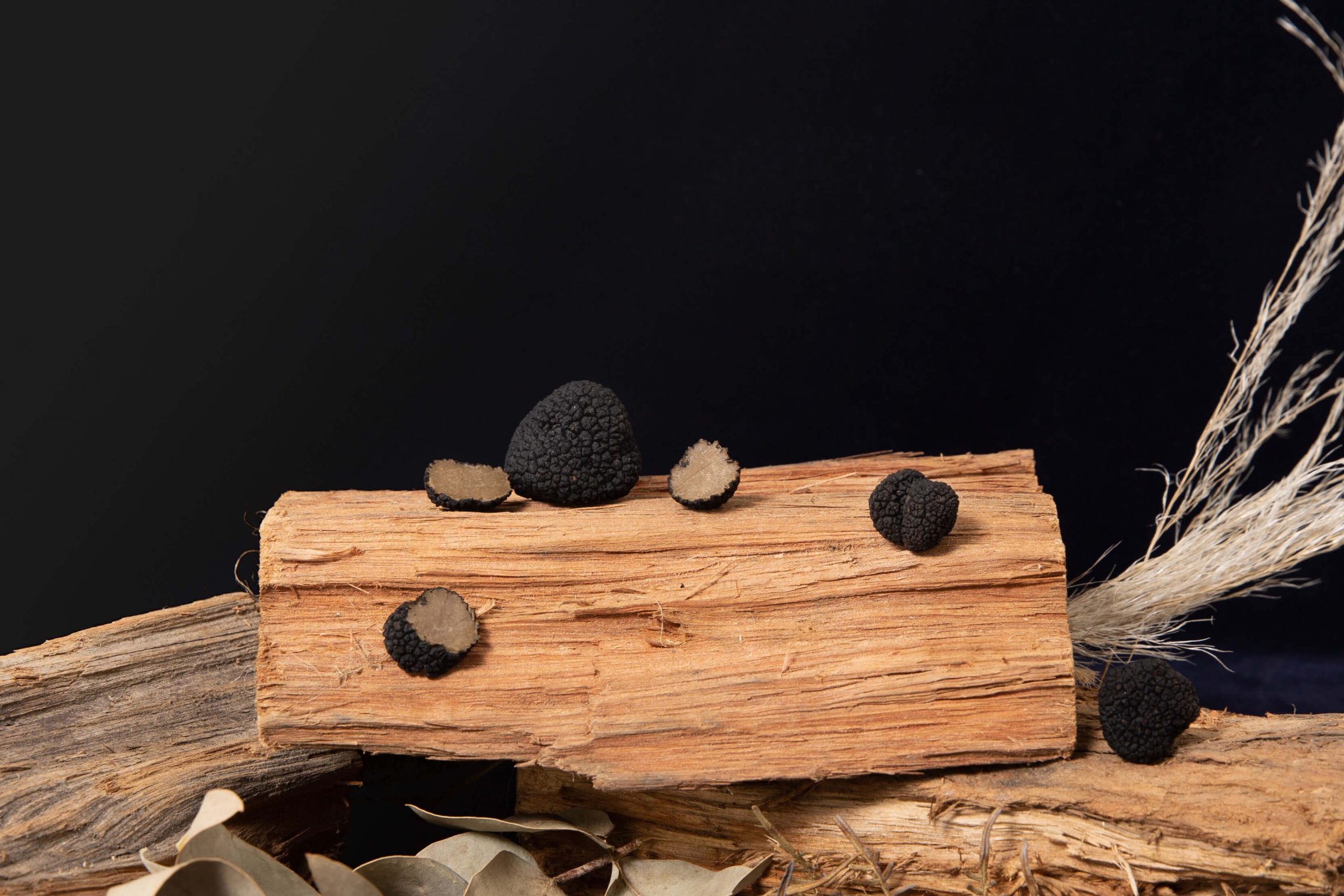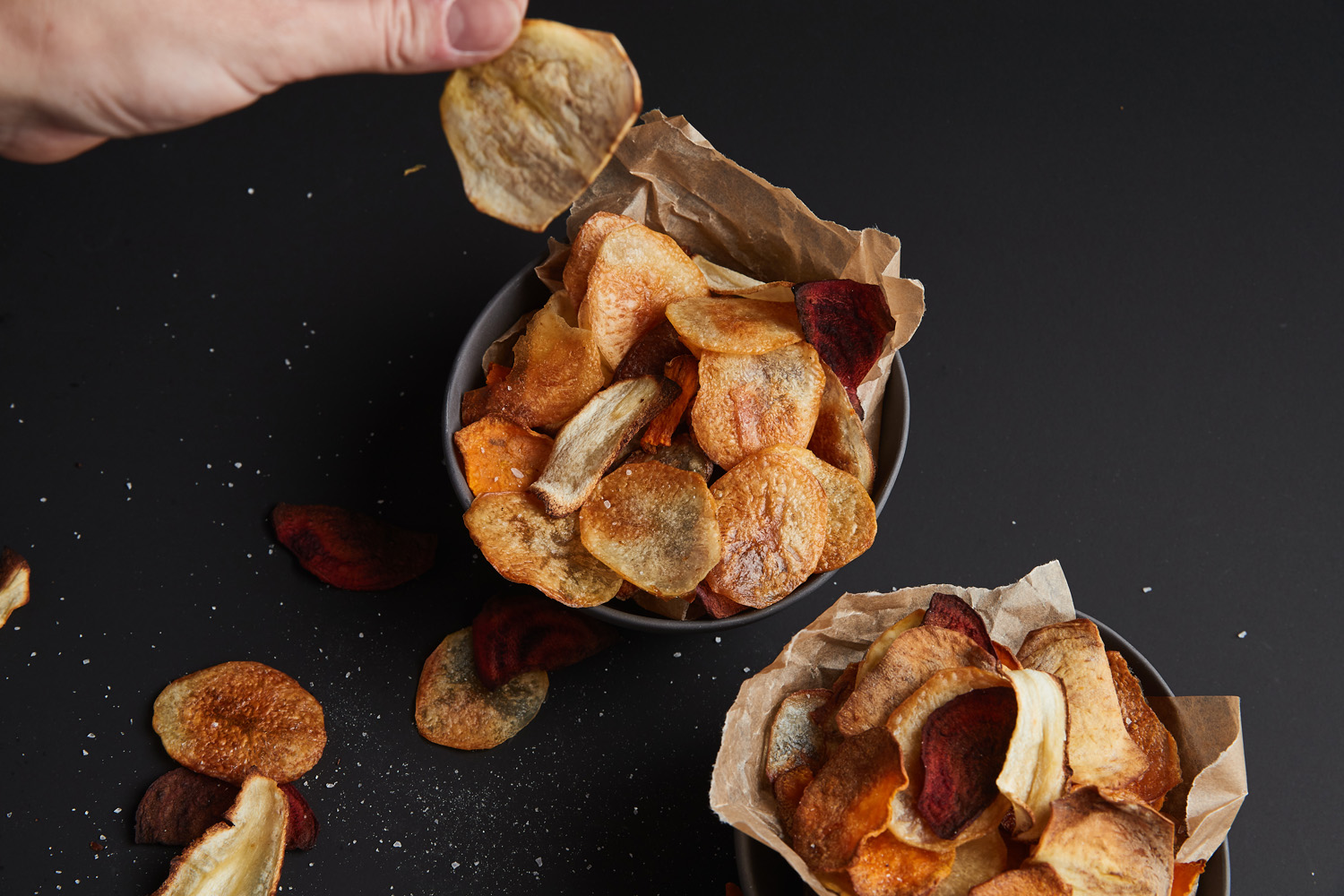
Do You Even Truffle? Leisha Jones Discusses The Depth And Beauty Of This Foraged Treasure.
Truffles can be said to possess the same intoxicating qualities of a mysterious woman. Exotic, rare and unattainable, their perfume lures you in and you’ll spend the rest of your days chasing that dizzying high. I became enamoured with truffles in Northern Italy, where they were making it rain on everything – on soft scrambled eggs at breakfast; showered over silky pasta at lunch; and liberally layered with porcini mushrooms and béchamel in a luxurious lasagne that still visits me in my dreams some nights.
Truffles are notoriously hard to cultivate, growing only at the roots of certain trees (mainly chestnut, oak, hazel and beech); preferring certain types of soil; growing wildly wherever they please, and requiring specially trained dogs to sniff them out. Although they are essentially an underground mushroom, their earthy aroma is musky and delicate, more akin to the scent of sweet garlic. Most commonly grown throughout Italy and France, these delicacies – with a short season and shelf life – used to travel a fair few miles to reach our shores. But with around 30 productive truffière in New Zealand they no longer have to make the daunting journey.
New Zealand truffle season runs from June to August and you can contact the growers directly to obtain your own little nugget of joy. If you are lucky enough to get your hands on a fresh one, you better use it wisely and quickly. You’ll need a truffle shaver to ensure you get dainty slivers out of your tuber, and need to eat it within four days to avoid losing its subtle perfume. Store it in an airtight container with fresh eggs and its scent will permeate the shells, imparting its earthy goodness in to the egg yolk, making for the dreamiest truffle-scented scramble.
The Greeks and Romans believed truffles were created when lightning hit the earth, and that eating them would give you vitality, virility and eternal health. They became popular in the upper classes for their unusual bouquet and flavour, and were romanticised with nicknames such as “fairy apples” and “black pearls of the earth”. Well there are around 40 different species of truffle, only a handful of those have any culinary value. The most commonly sought after varieties are the black Périgord and Burgundy truffles which are pungent and robust; and white, or bianchetto truffles, which are more subdued in flavour, rarer, and therefore more expensive.
The delicate flavor of white truffles means they are best served simply, in dishes where they don’t have to compete for the spotlight. Shaved over a simple butter and parmesan pasta, or on a fried duck egg served on a slab of buttery brioche – a bold and creamy oaked chardonnay would be the best buddy for these dishes. Black truffles are more versatile and can stand up to being paired with more hearty flavors such as beef served with truffle butter; duck with truffle jus; or layered into a creamy brie cheese. Dishes like this would pair well with an earthy pinot noir to complement the mushroom notes of the truffle.









